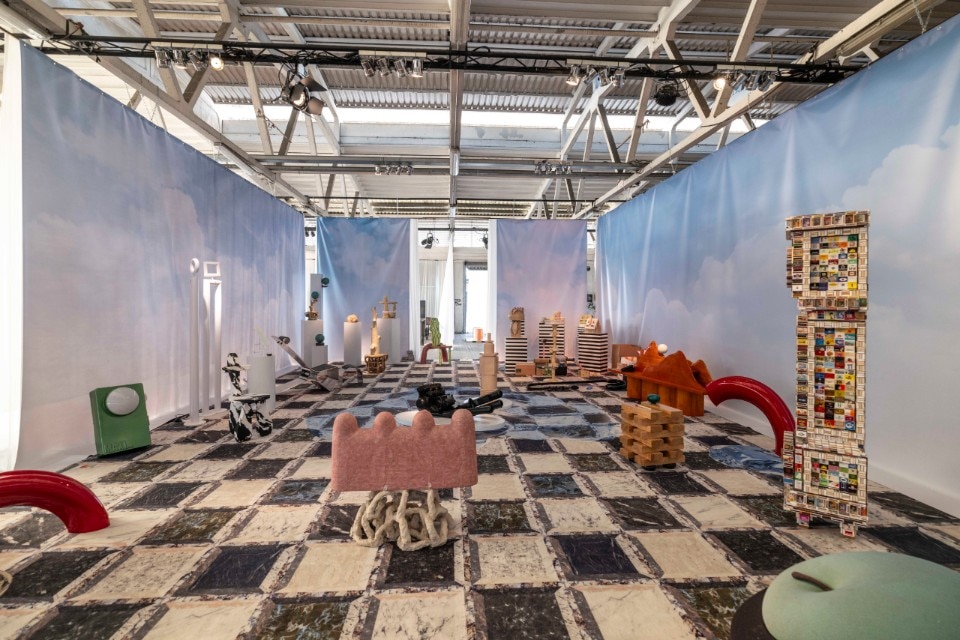Perhaps the clearest image was given by Piero Lissoni. “Design Week,” the Milanese designer responded to the New York Times, “for me is like a beautiful performance. Every year I discover new things. It's an unlimited invitation to Disneyland." Veteran of the Salone and quintessence of Made in Italy, Lissoni loves intellectual provocations, but his absolute eye always prevails.
Demonstrating that perhaps it was no coincidence that the inauguration of the 62nd edition of the Milanese event coincided with the tribute that the Triennale di Milano and Fondation Cartier wanted for Alessandro Mendini, a "dragon" of many dimensions but above all an intellectual who never hid his his secret desire: to be Walt Disney. That is, a creator of fairy tales, of mythologies, of other beautiful and reassuring worlds with which to replace the unaesthetic and tiring one that has befallen us.
Design Week demonstrated that he artifice, the surreal, the simulacrum are the quintessence of the human, its main characteristic of being symbolic which through creativity frees itself from the slavery of nature.
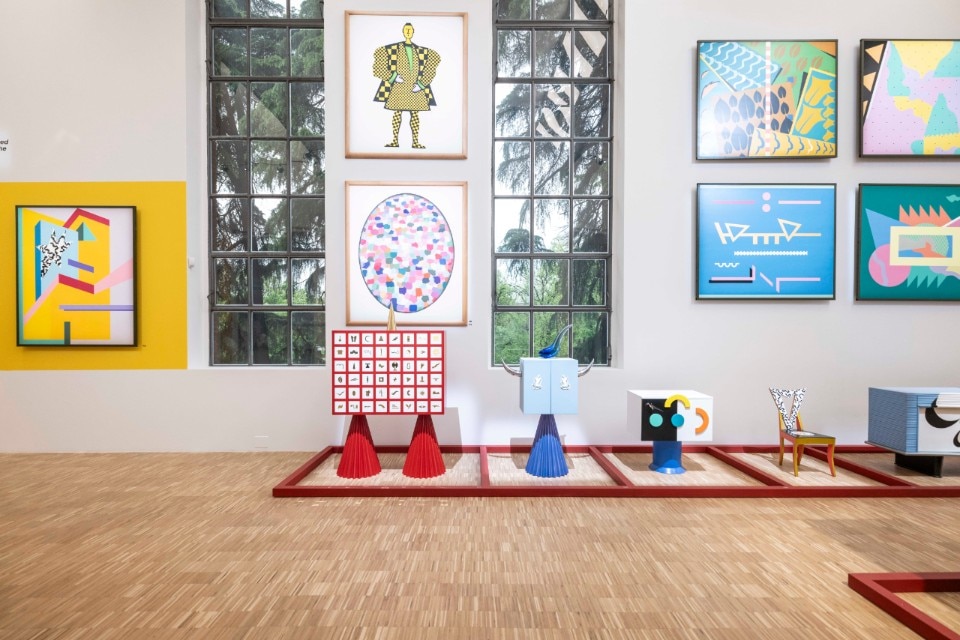
The evolution of design as Disneylandization, in the sense of positive and ironic rewriting of the world in this case, is a fact of the history of this typically Italian artifice, which finds its conceptual origins in the "figure thinking" visible to the highest degree at the Pinacoteca di Brera and those materials in the production chain of Brianza, which in the twentieth century crystallized in some workshops thanks to the vision of extraordinary entrepreneurs who transformed them into brands, or as they say now, brands.
Design is therefore pure ideology which, thanks to the process (pre-industrial and post-industrial), materializes, colonizing the global imagination and building a better world than the one it received. But here's the beauty: every designer, every brand, follows its own trajectory which corresponds to a precise weltanschauung. Every designer uses creativity to provide answers not to all questions but only to those that interest him. In this 2024 edition of the Salone del Mobile this fact is clear from the stands to the lights, from communication to hostesses, from installations to dinners. Design brands have accelerated their rewriting of the world, responding to the new needs of living, sleeping, lighting, cooking, working but only for what interests them, bringing out our divine spark and transforming the reality from “how it is” to “how it should be”.
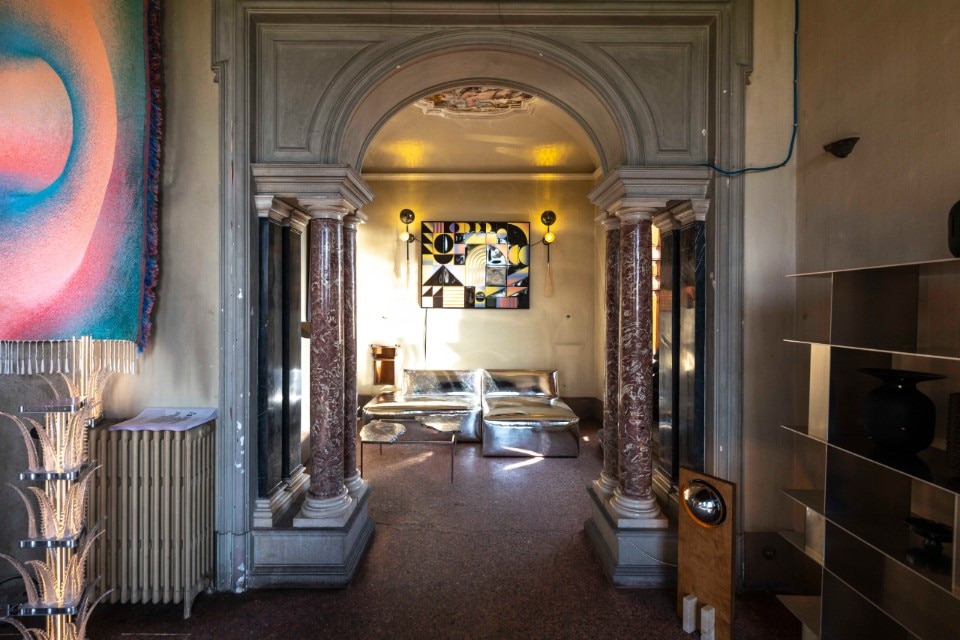
In this sense, the Design Week was truly a Disneylandisation of Milan and the world, but not in the negative sense of the anthropologist Marc Augé and above all of the economist Sylvie Brunei, who saw it as the peddling of simulacra and non-places of pure escapism, which transform cities into playful platforms for consumer communities where the truth would be, to quote Guy Debord, only a moment of the false. On the contrary, Design Week 2024 demonstrated that in Milan the artifice, the surreal, the simulacrum are the quintessence of the human, its main characteristic of being symbolic which through creativity frees itself from the slavery of nature. A subversive experience, a radical reversal, a liberating and in some ways orgiastic activity.
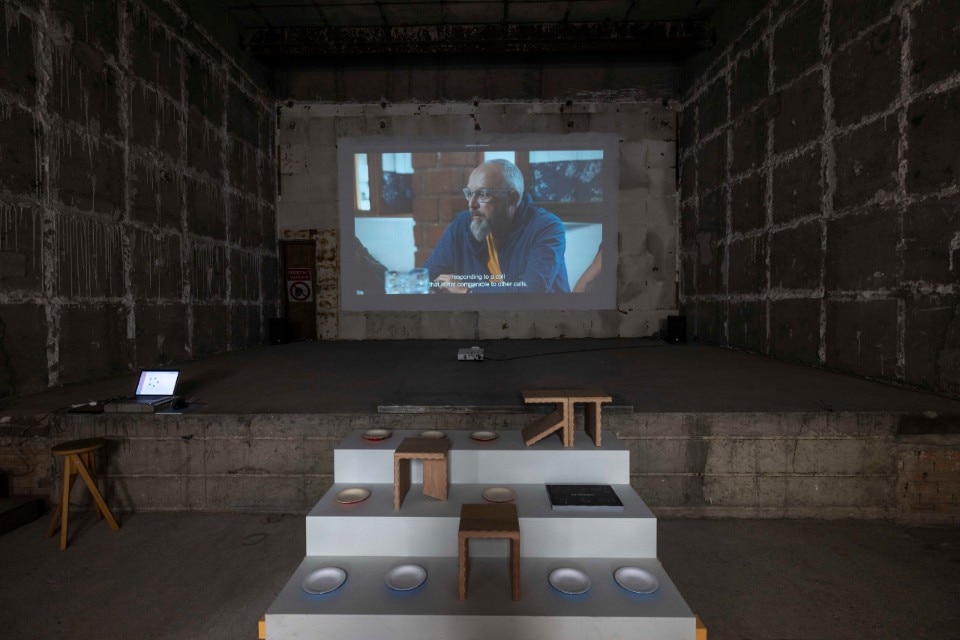
In terms of news, the edition of Design Week which ends today recorded an important fact: the acceleration of the colonization that fashion is operating on all areas of reality. For some time the "fashion system" has functioned like a gigantic hedge, which, as in Michael Ende's Neverending Story, is taking over all of reality. This logic, which reflects that of the global funds that own the most important fashion houses, until yesterday was practiced in the dissolution of barriers and areas of creativity close to the fashion experience such as art, cinema and music. For a few years now, however, fashion has decided to advance into the world of design, which was foreign to it, taking on a decisive and often aggressive form because, except for rare and enlightened cases, for funds, design is the opposite of what it is for design entrepreneurs: a means and not an end.
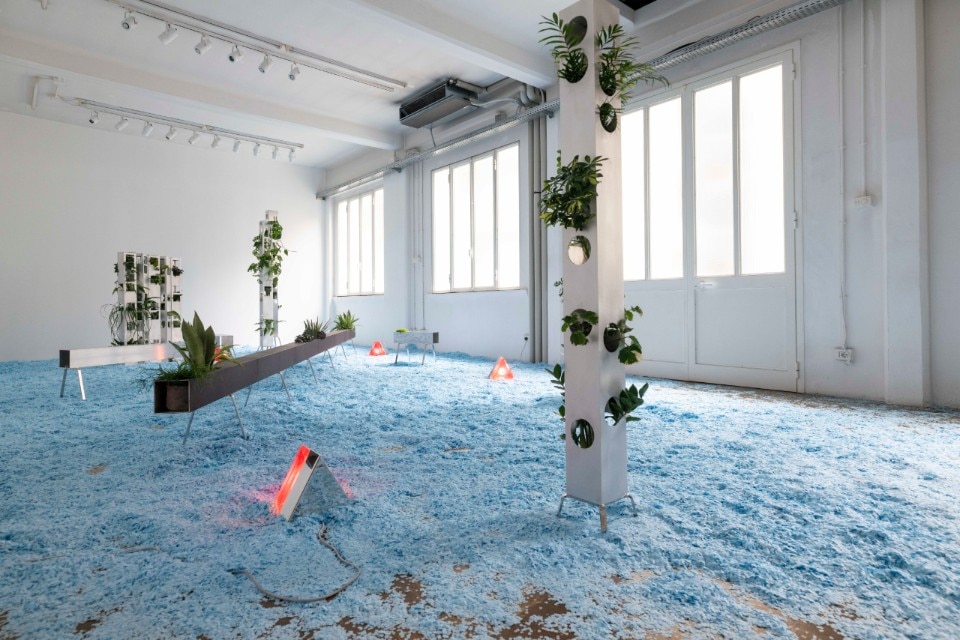
The first signs of this trend were predicted by the contract practice, an ideal solution for maximizing competitiveness and resources but which by reducing the creative process to a single contractor represents a radical change in the multidisciplinary approach to the project, destined to thus operate an irreversible morphing in the nature of the design. In the same way, the scope of the events staged by fashion brands in Milan in recent days continues, operations with a visual impact on a budget that is difficult to achieve by traditional design companies, without those means but above all conceptually anchored to a logic of product quality, who therefore respond either with alliances that are difficult to manage or with exclusion from the global circuit.
Design Week for me is like a beautiful performance. Every year I discover new things. It’s an unlimited invitation to Disneyland.
Piero Lissoni
However, we could not say goodbye to this 62nd edition of the Salone del Design without a final reflection. In the phantasmagoria of events, meetings, suggestions and turnover - which according to estimates will be a record - but above all in the ability of the products to generate a new imagination, there continues to be an absent guest. It is the symbolic one, the guest who for centuries had instead been the sole and absolute protagonist of the research into construction of what today are called furnishing components.
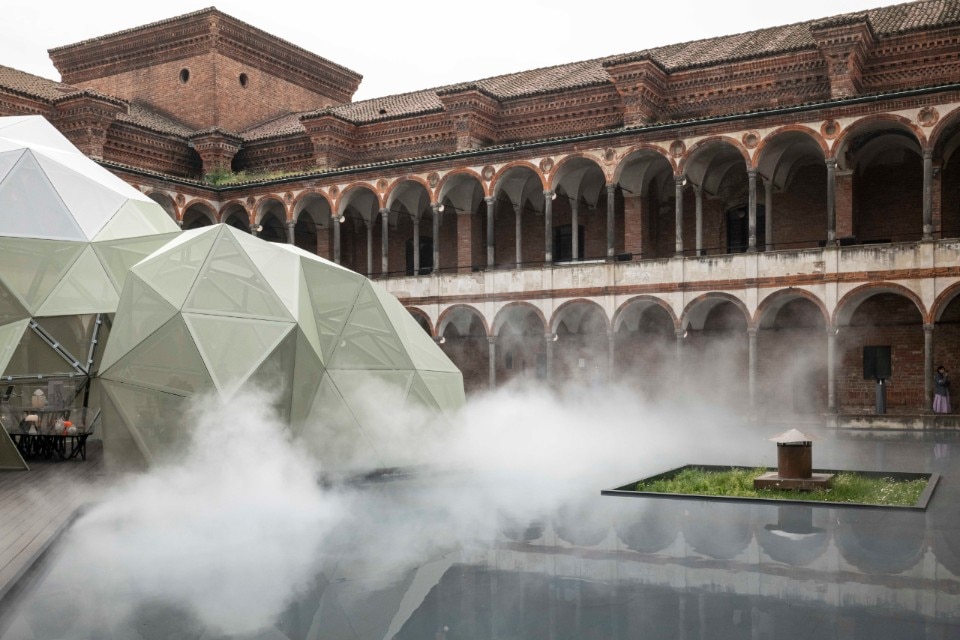
Today all the products and in particular the excellences of the Milan Show celebrate quality, sustainability, performance, cost-effectiveness and all the watchwords of our postmodern society. But this is not the true origin of the objects, starting from that cadrèga,the chair, which the Milanese, and not only them, are very fond of. The first examples of chairs date back to Egypt, where they were not intended for everyone but only for the pharaoh and his high officials, priests and generals. The purpose of the chair was not comfort or cost but symbol. The chairs were a language of authority and prestige, of rank and role and their aesthetics were also functional to this, as demonstrated by the monumental depictions of Nineveh, the ancient capital of Assyria, and of the Parthenon, in Athens, where one can recognize Zeus reclining in a square chair.
In Roman symbolism there was the sella curulis, a crossed folding seat that represented the judicial power both in the Republican period and in the times of the Empire, reserved for high public offices such as praetors and consuls. The Christians were no less than their persecutors: they were responsible for the gestatorial chair, an (ugly) mobile throne on which the Pope was carried on the shoulder during public ceremonies. Even in the dark centuries of the Middle Ages, which were not dark at all, chairs were the perfect opposite of use and democracy, reserved for kings, aristocrats and high prelates as a symbol of their role in the architecture of society and knowledge, as well as power. And the plebs? He was content with benches without any pretensions of any kind. Design included.
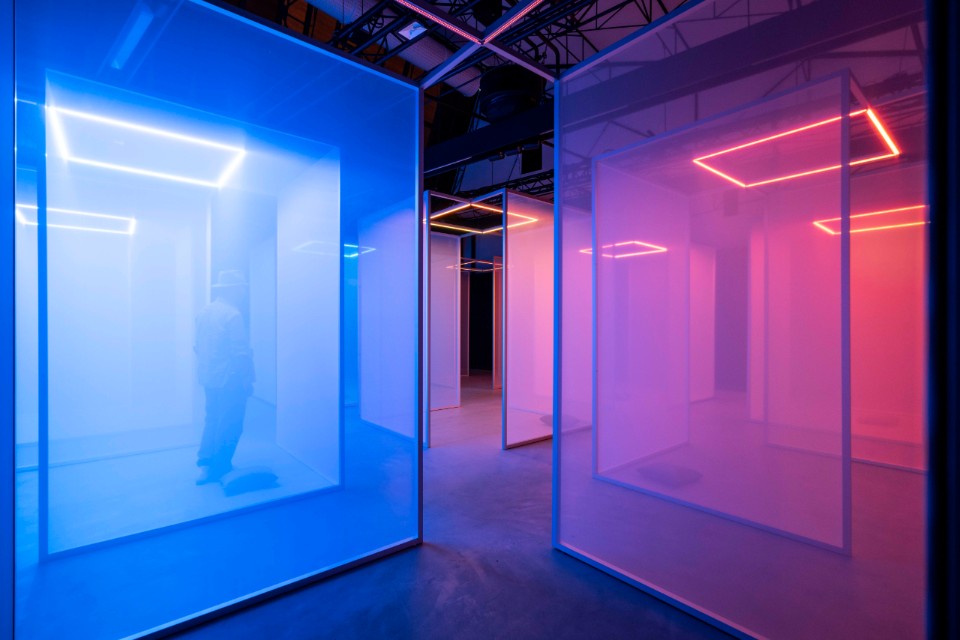
For Jacque Lacan, symbolic and imaginary are the dimensions that define our reality as subjects, which organize the experience of the human being. The symbolic is the register of language, a supra-individual order that anticipates the dimension of the imaginary. The sphere of the symbolic is the Other understood as a place of language and culture, where the gap between narrative and game, between group and individual is inserted, allowing the emergence of an unknown knowledge in the subject. The imaginary is instead the register of identifications and narcissism, of the Ego and intersubjective relationships. It is at this level that the subject takes on the specular other as his own image as described by Lacan in the mirror phase. Inside the group it has to do with the narcissistic identification between the different members at the basis of the horizontal transference.
Well, the disappearance of the symbolic in the imagination that design makes evident says a lot about our reality, that is, the state in which we live. Real as a dimension of the impossible, being that which resists both imaginary capture and the capture of the symbolic and of language. We continue to have no mastery of the Real. And this is perhaps the most important legacy of the Design week.

FADE Family is the new approach to outdoor living
The latest addition to the PLUST Collection is a line of furniture inspired by the texture of white stone, which illuminates as evening falls.

